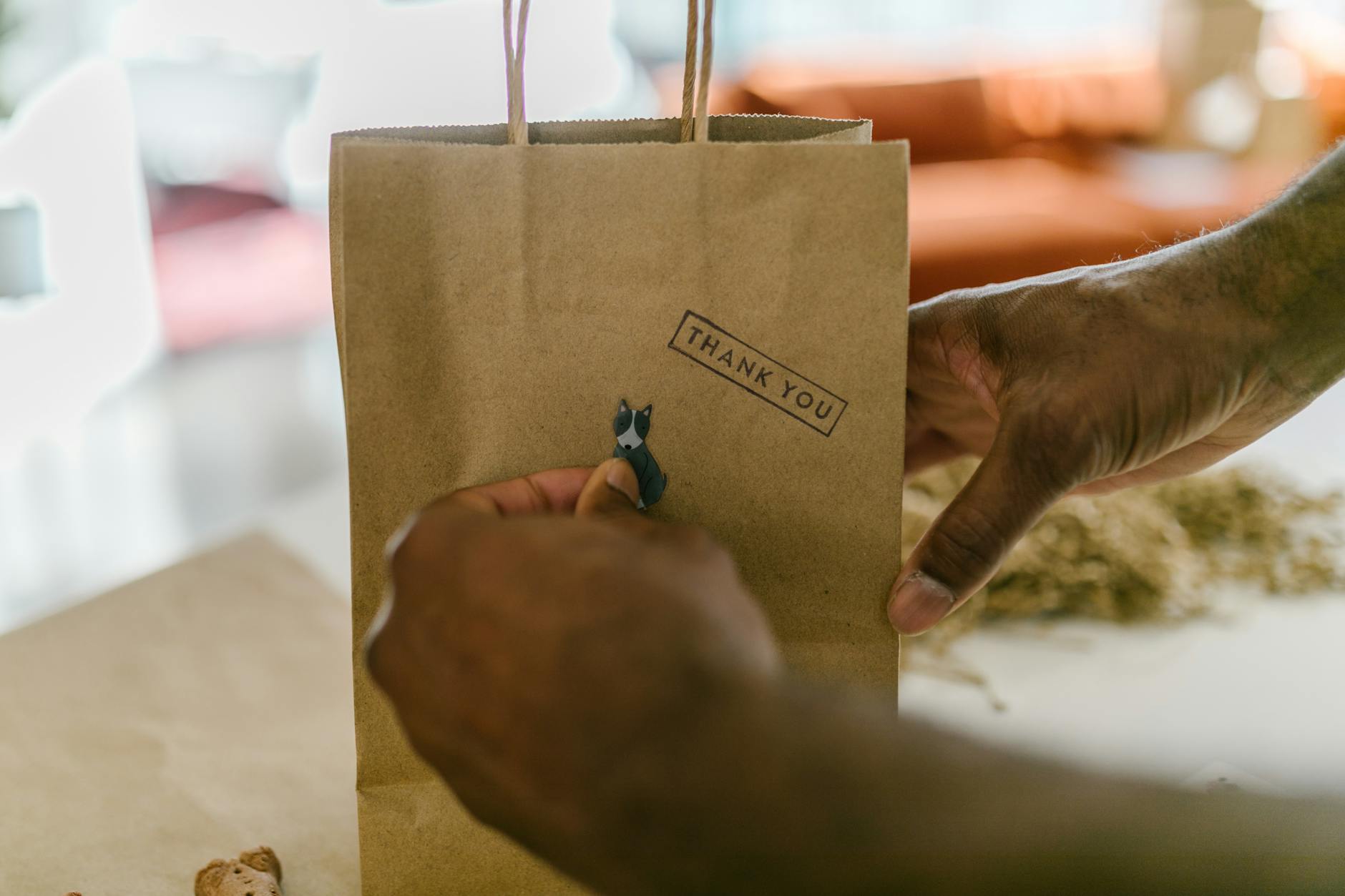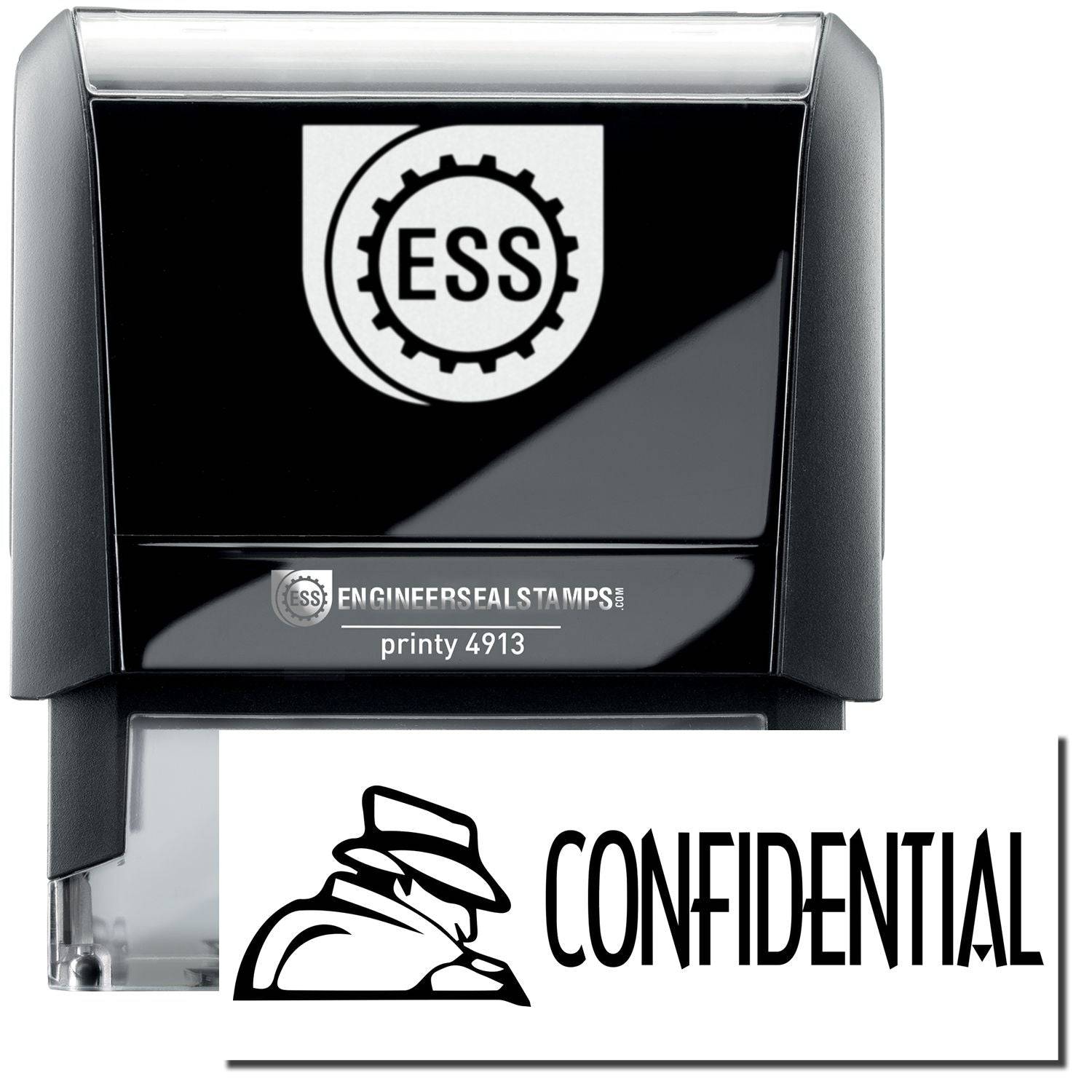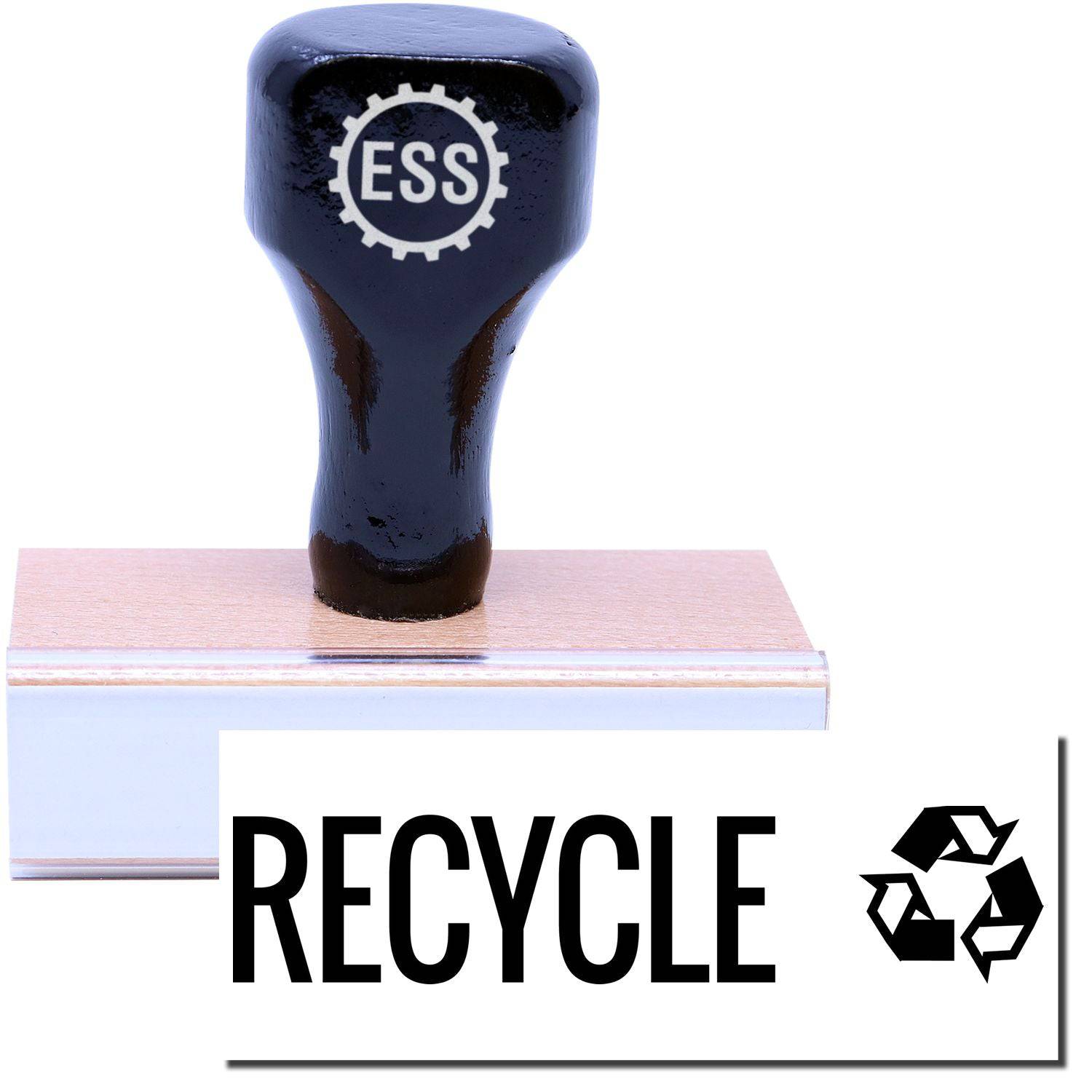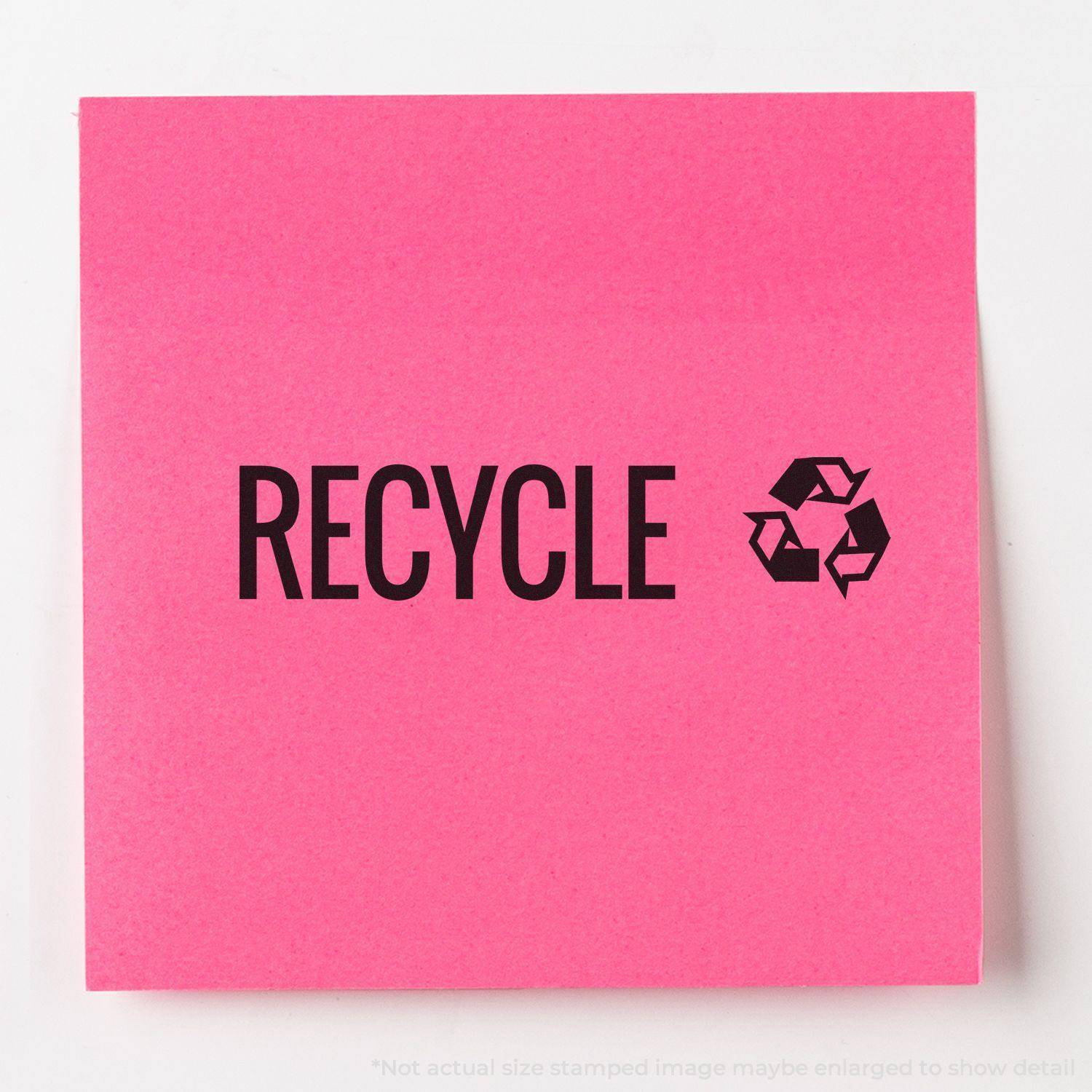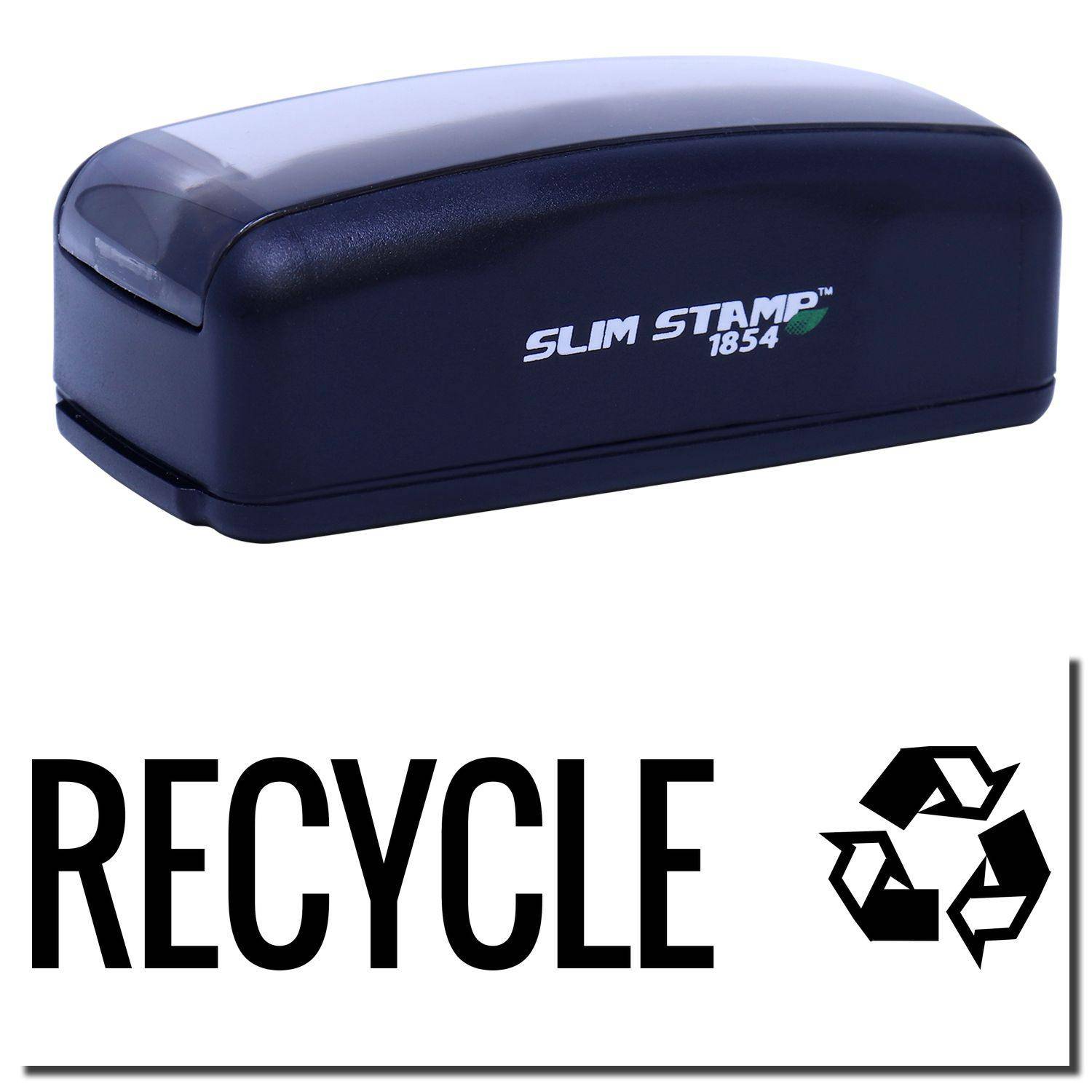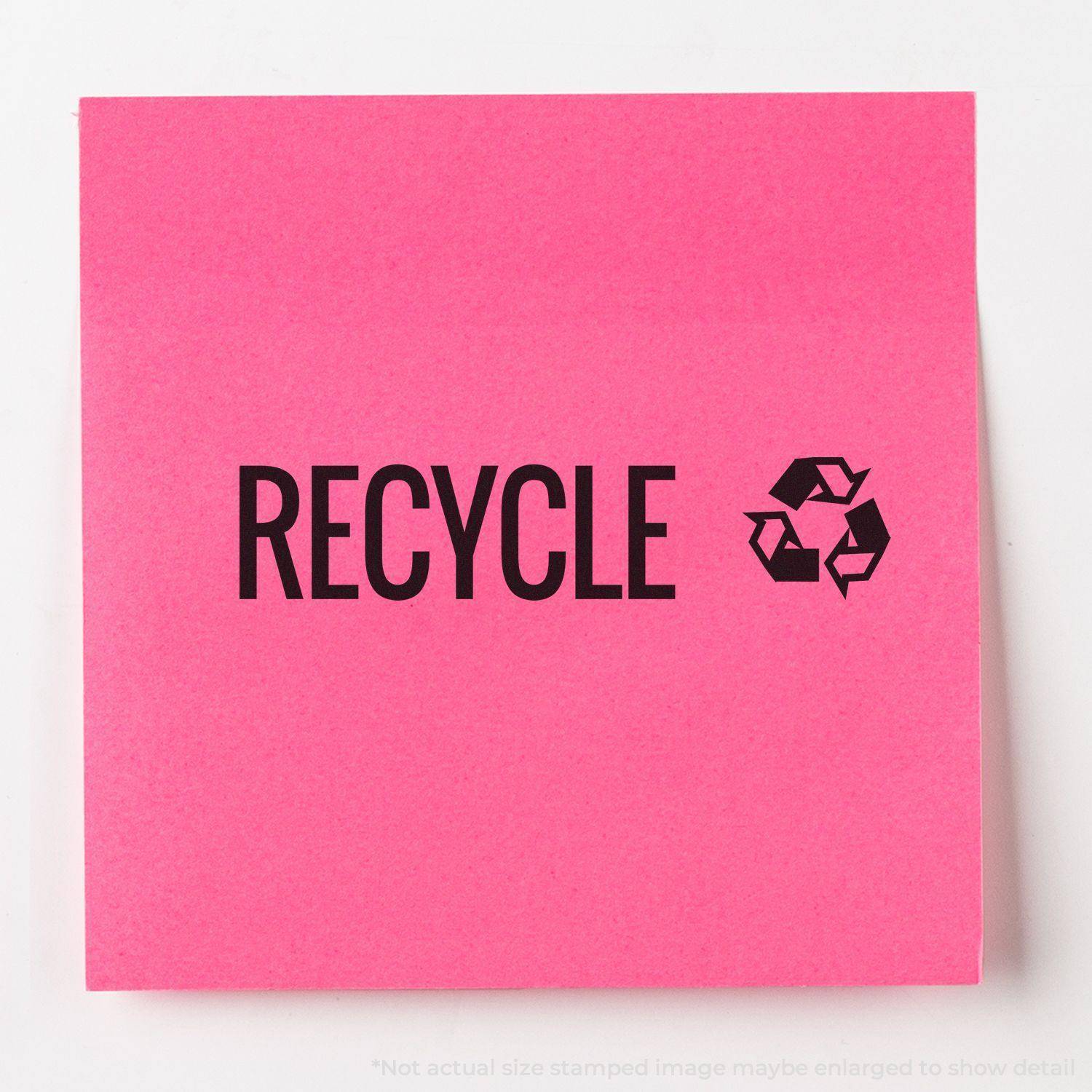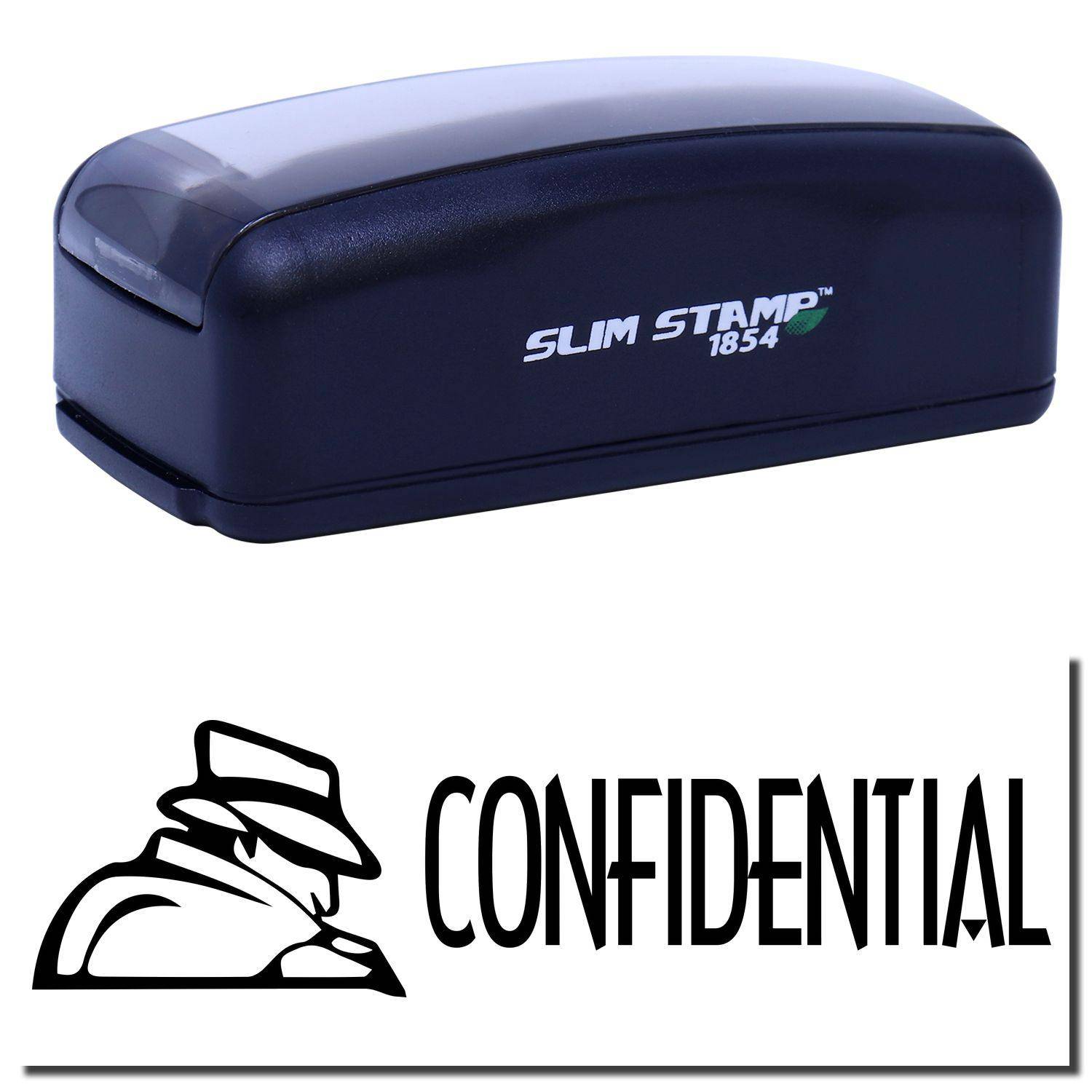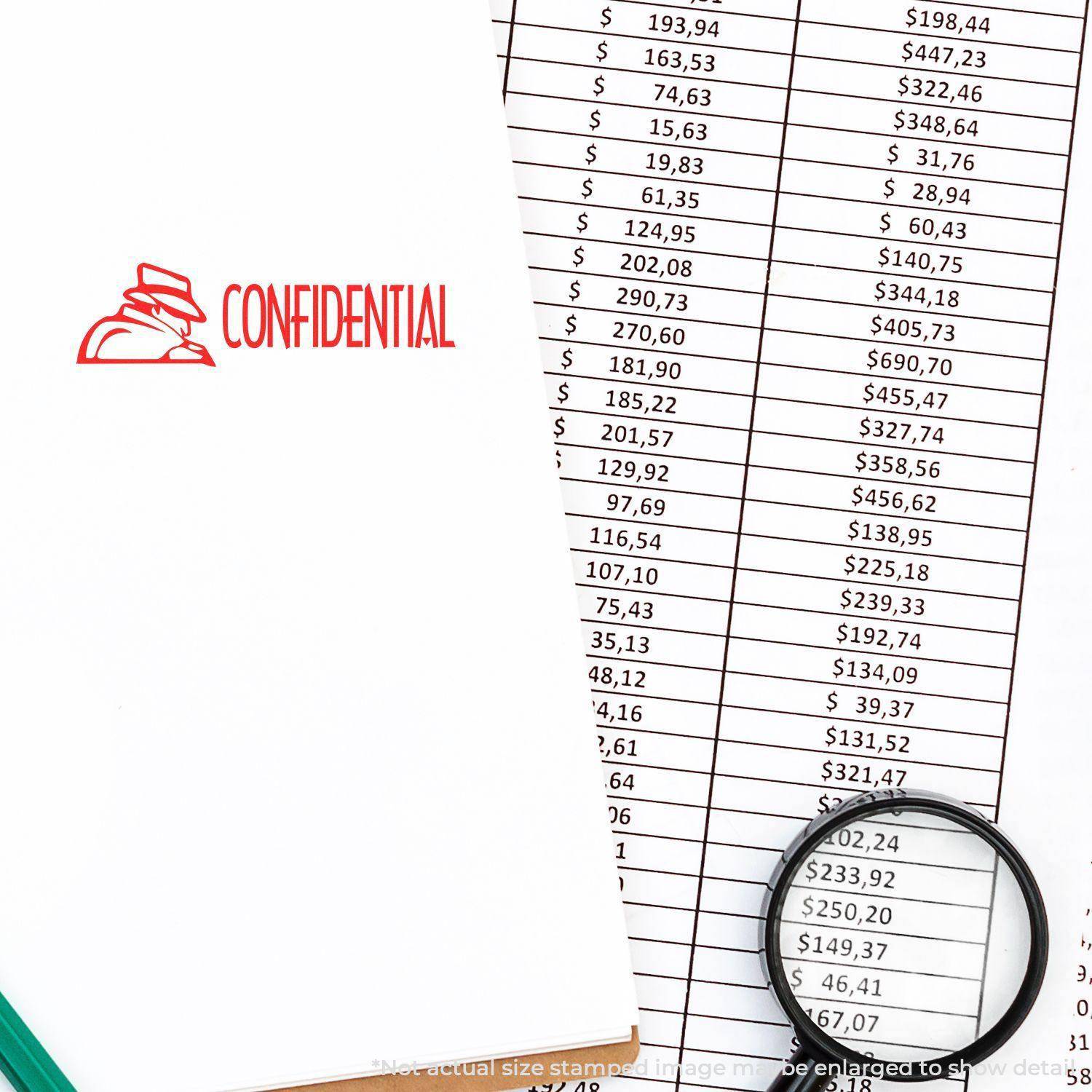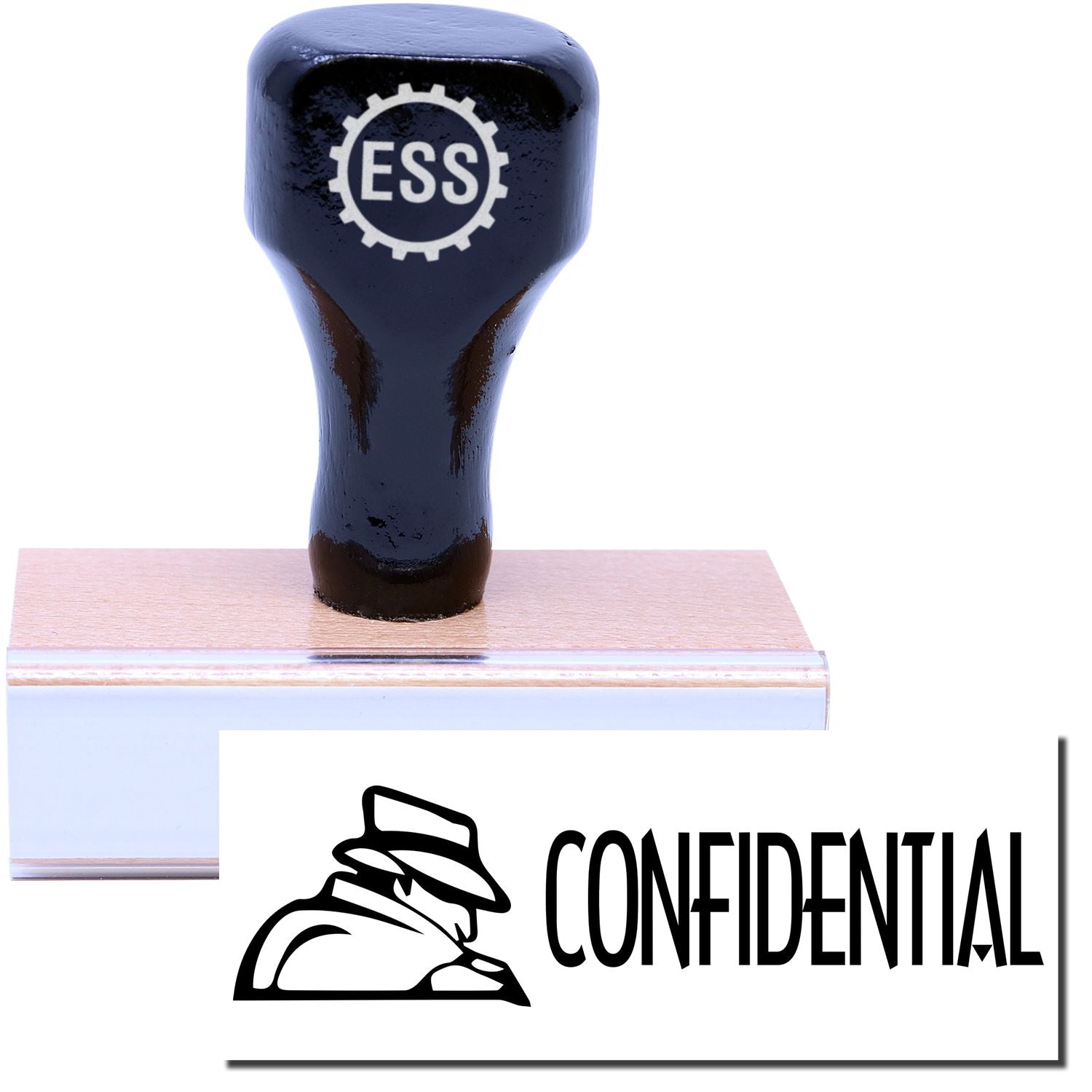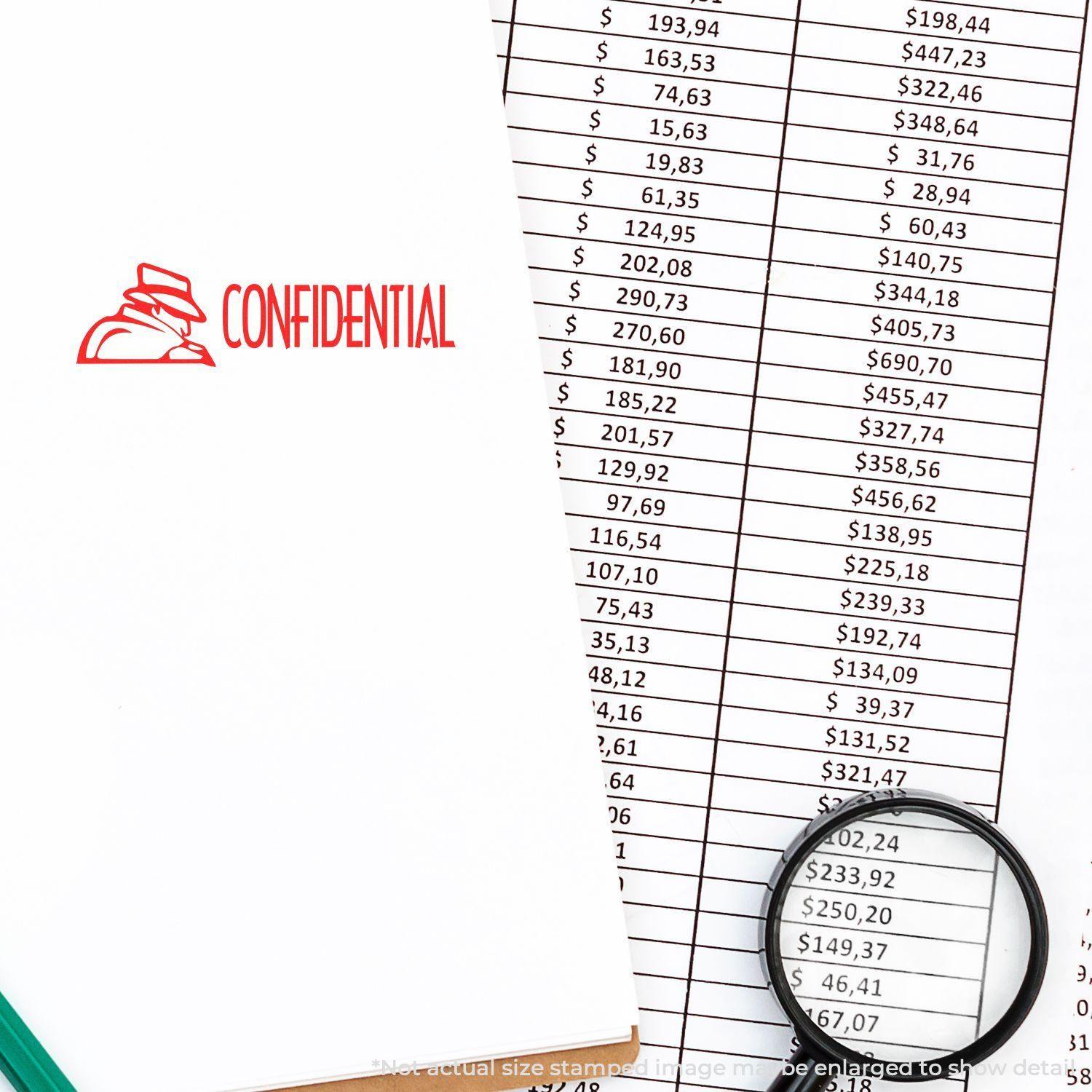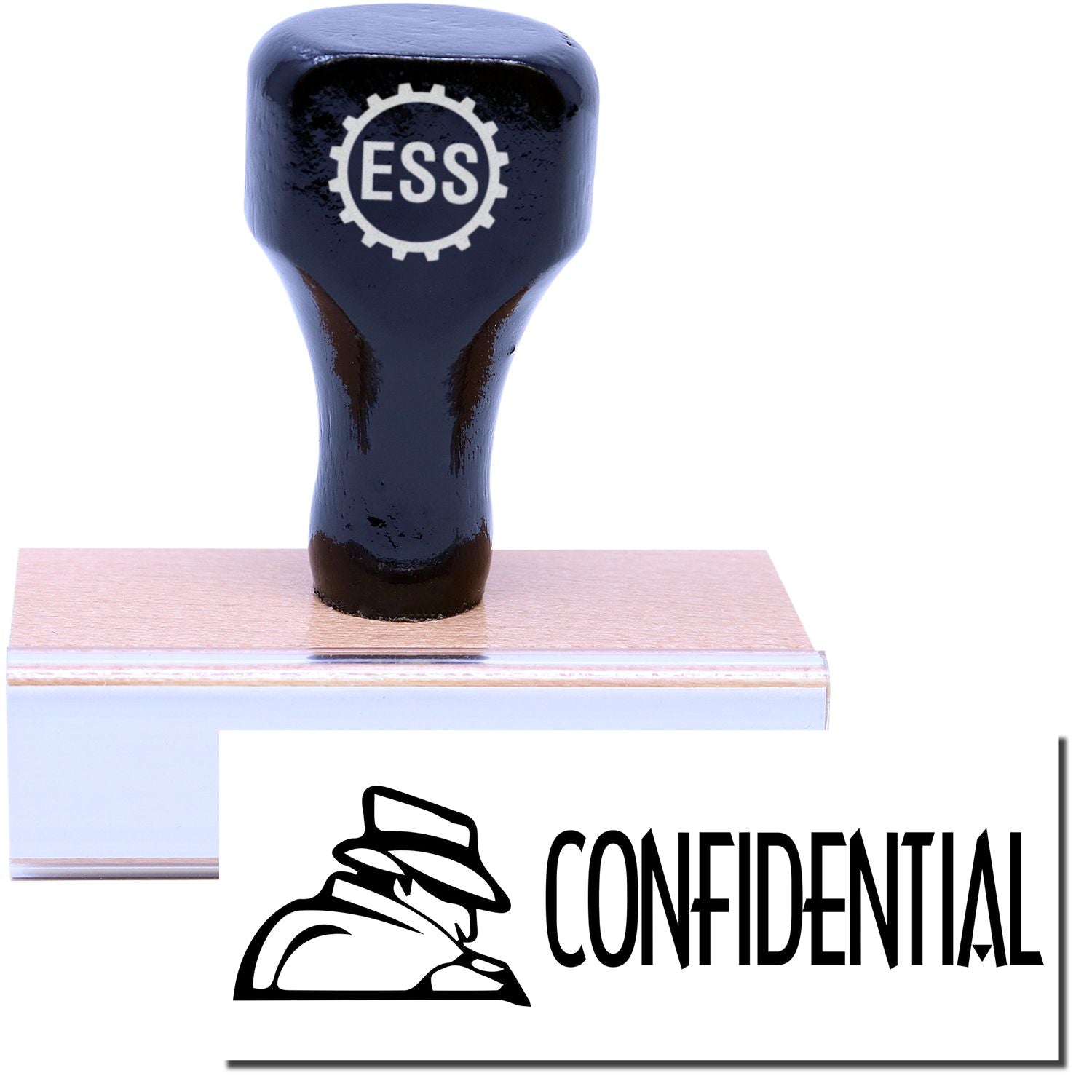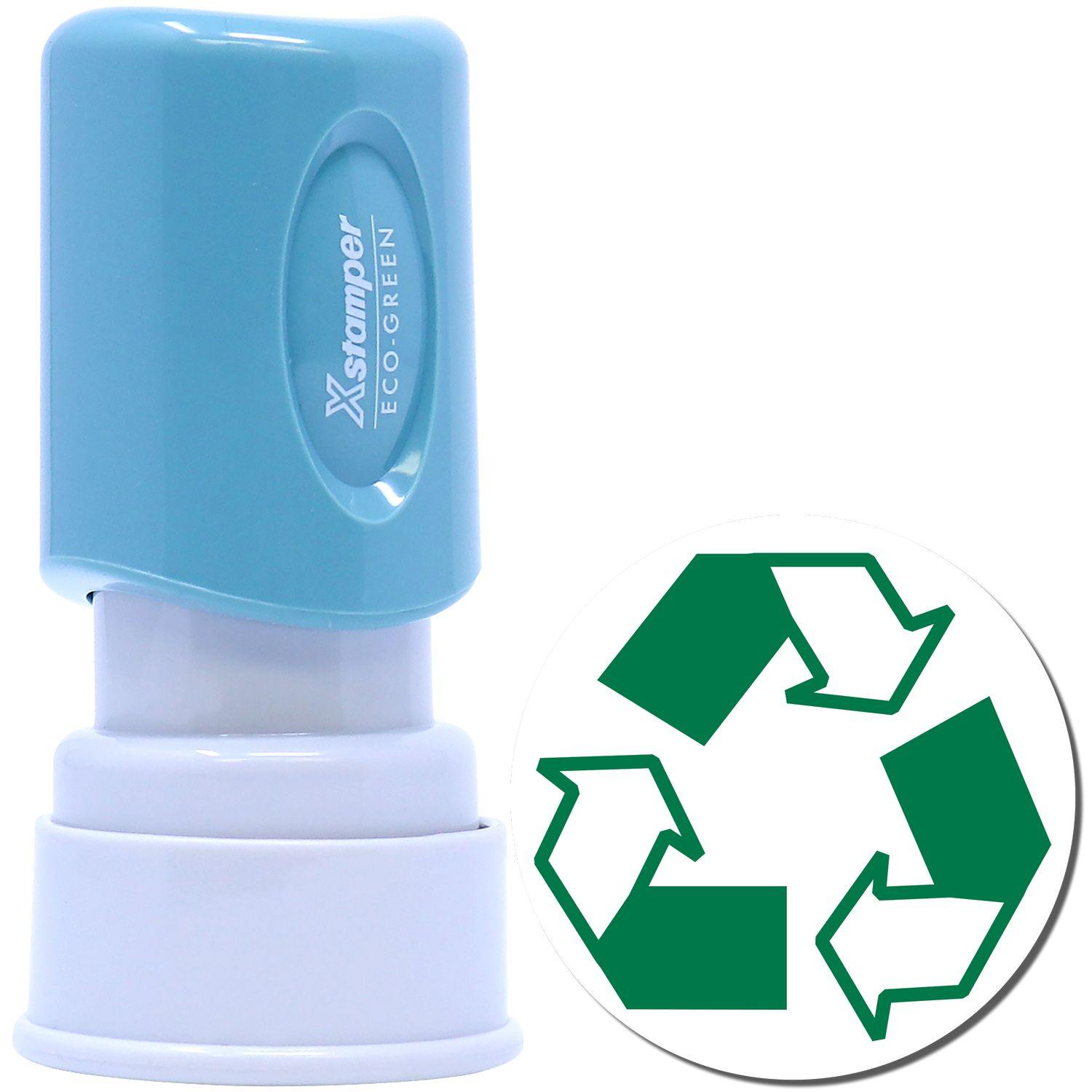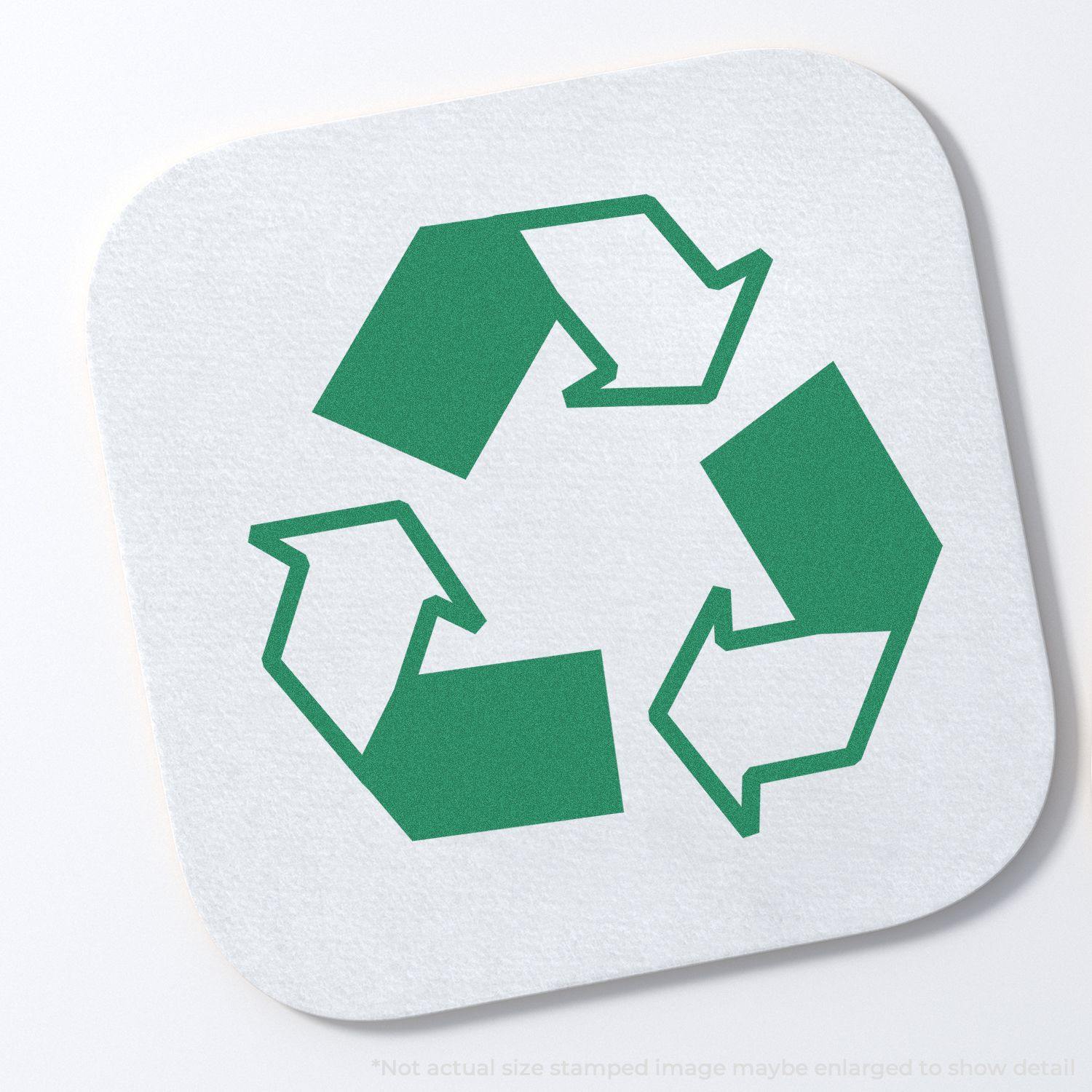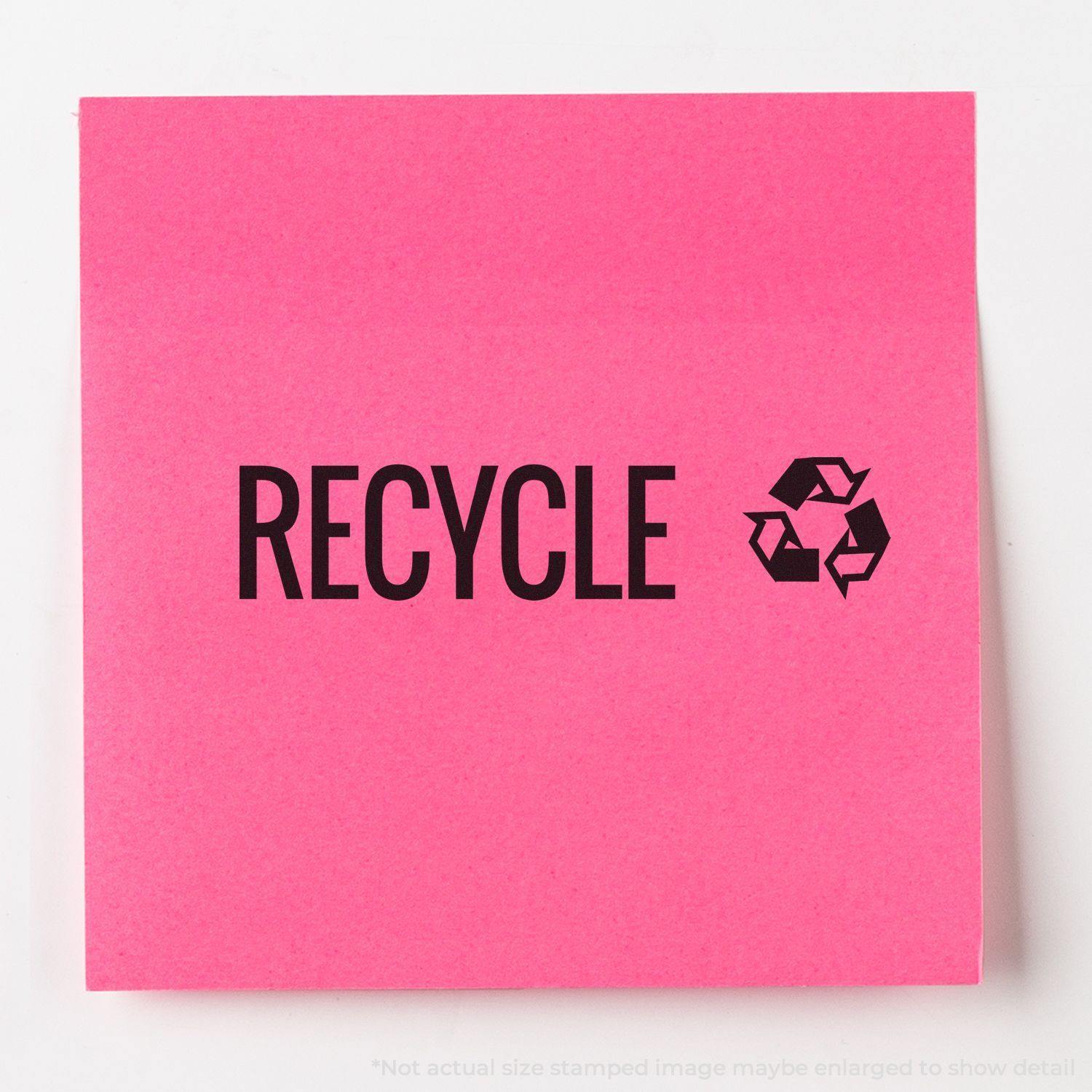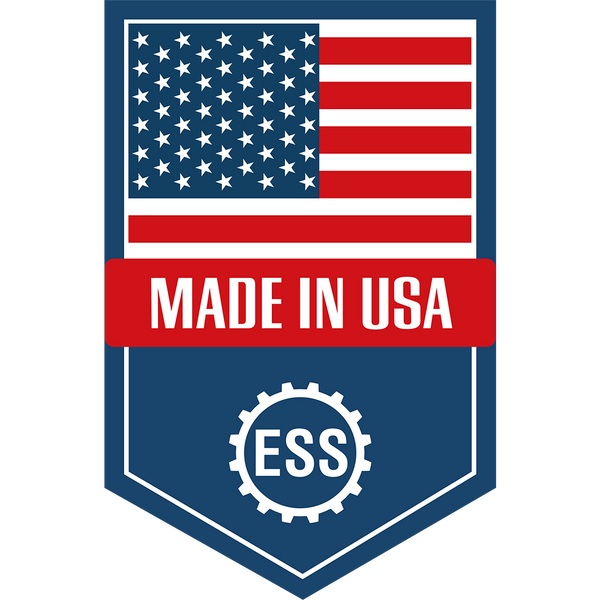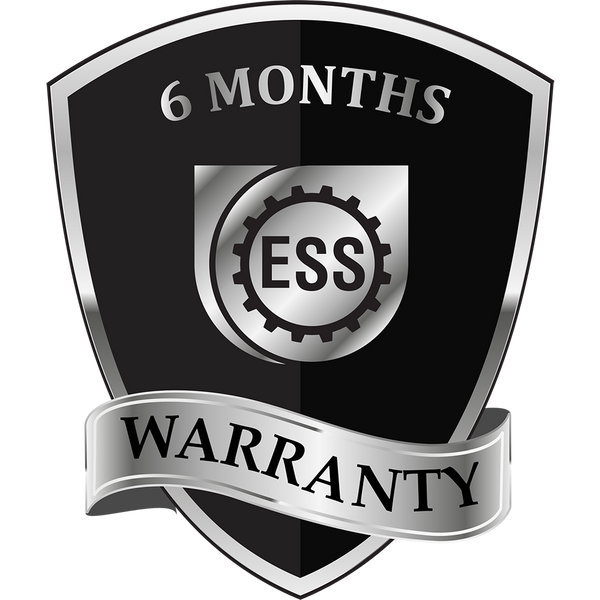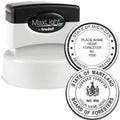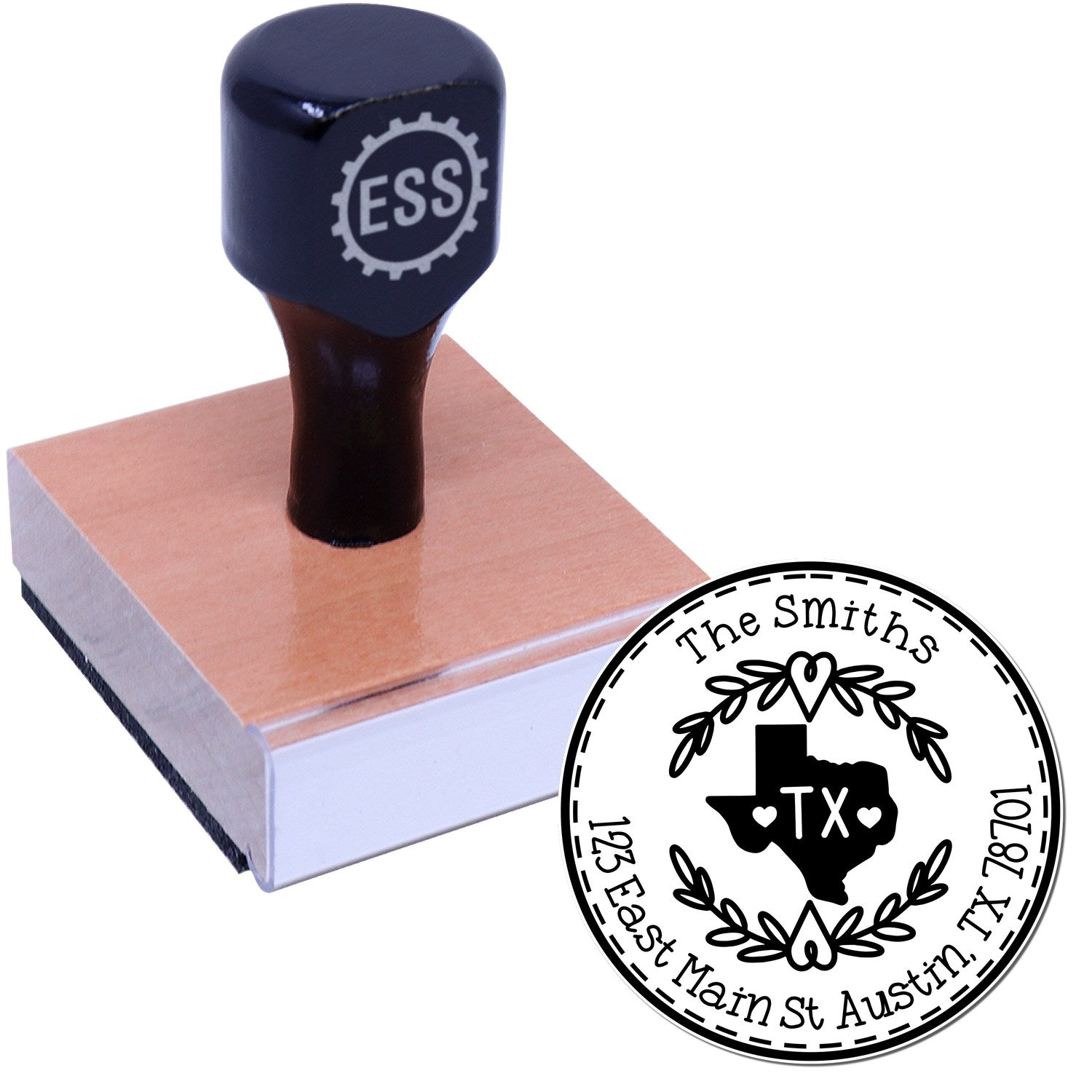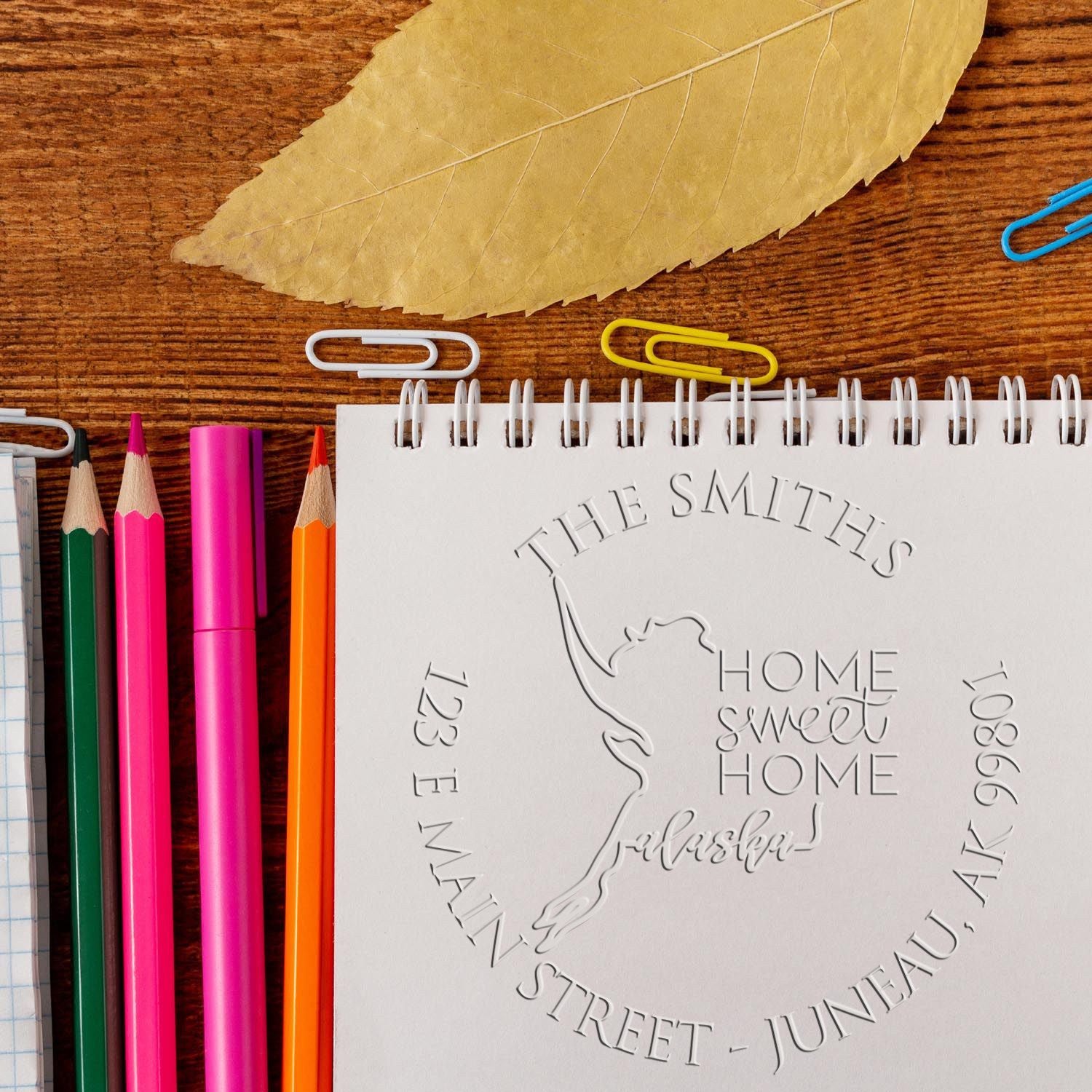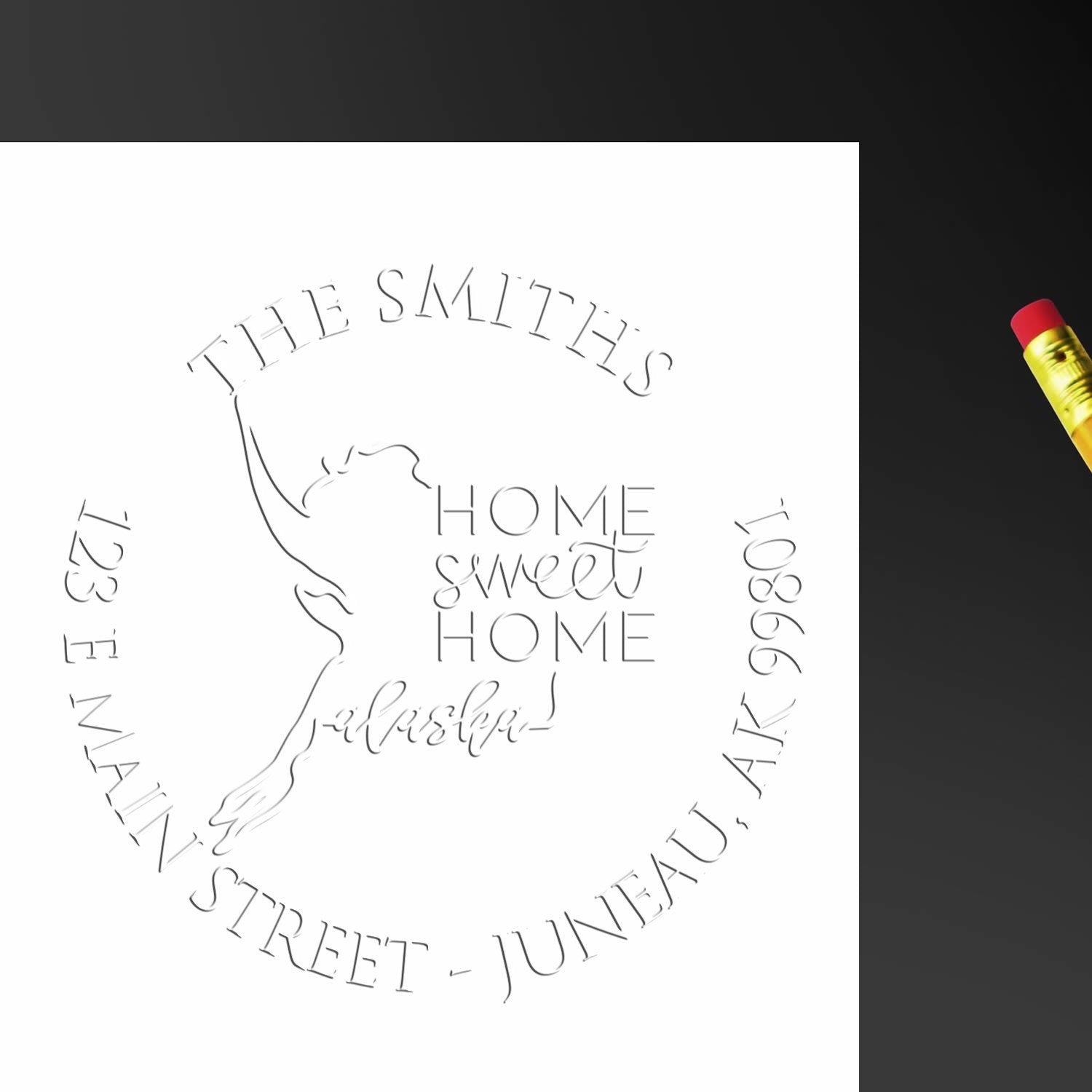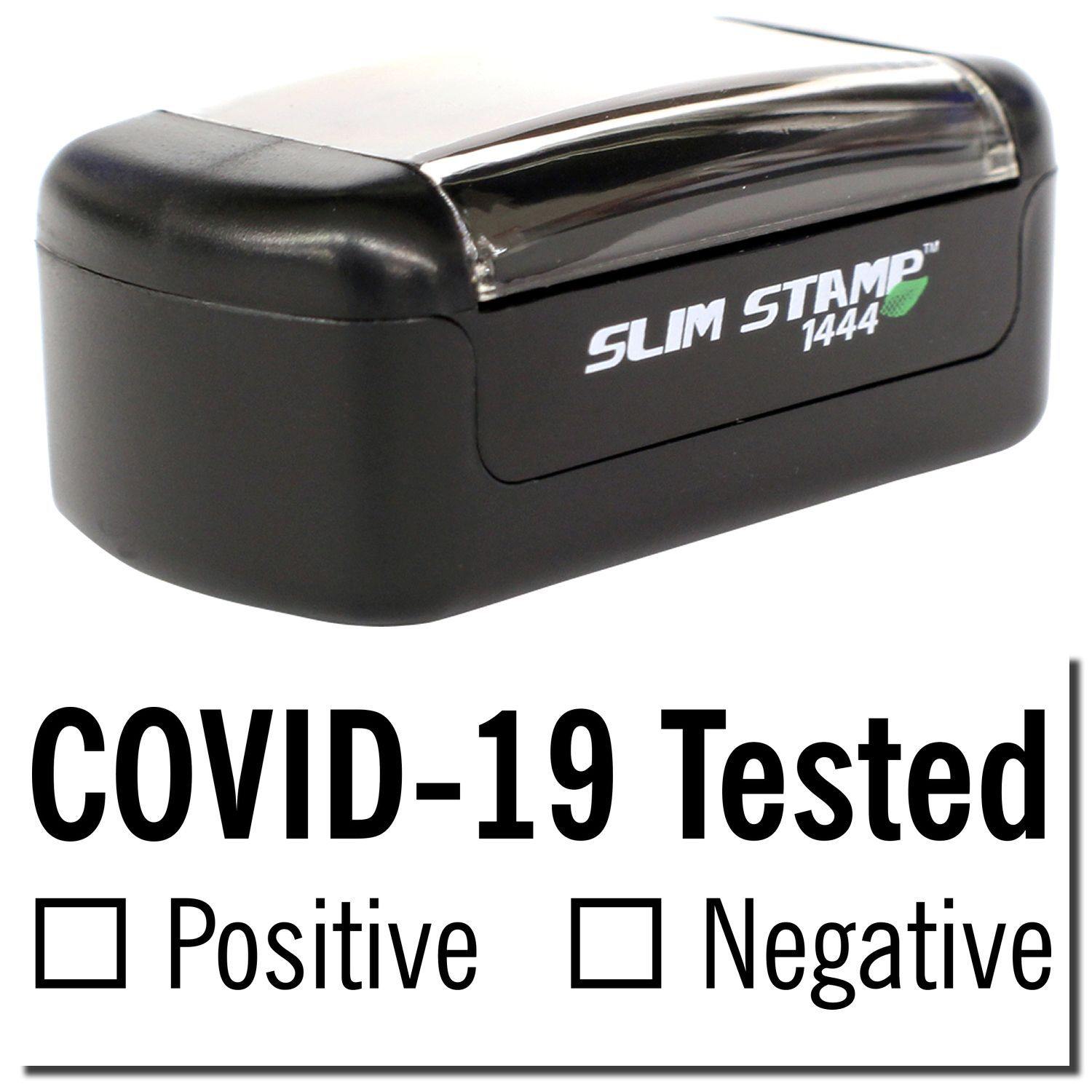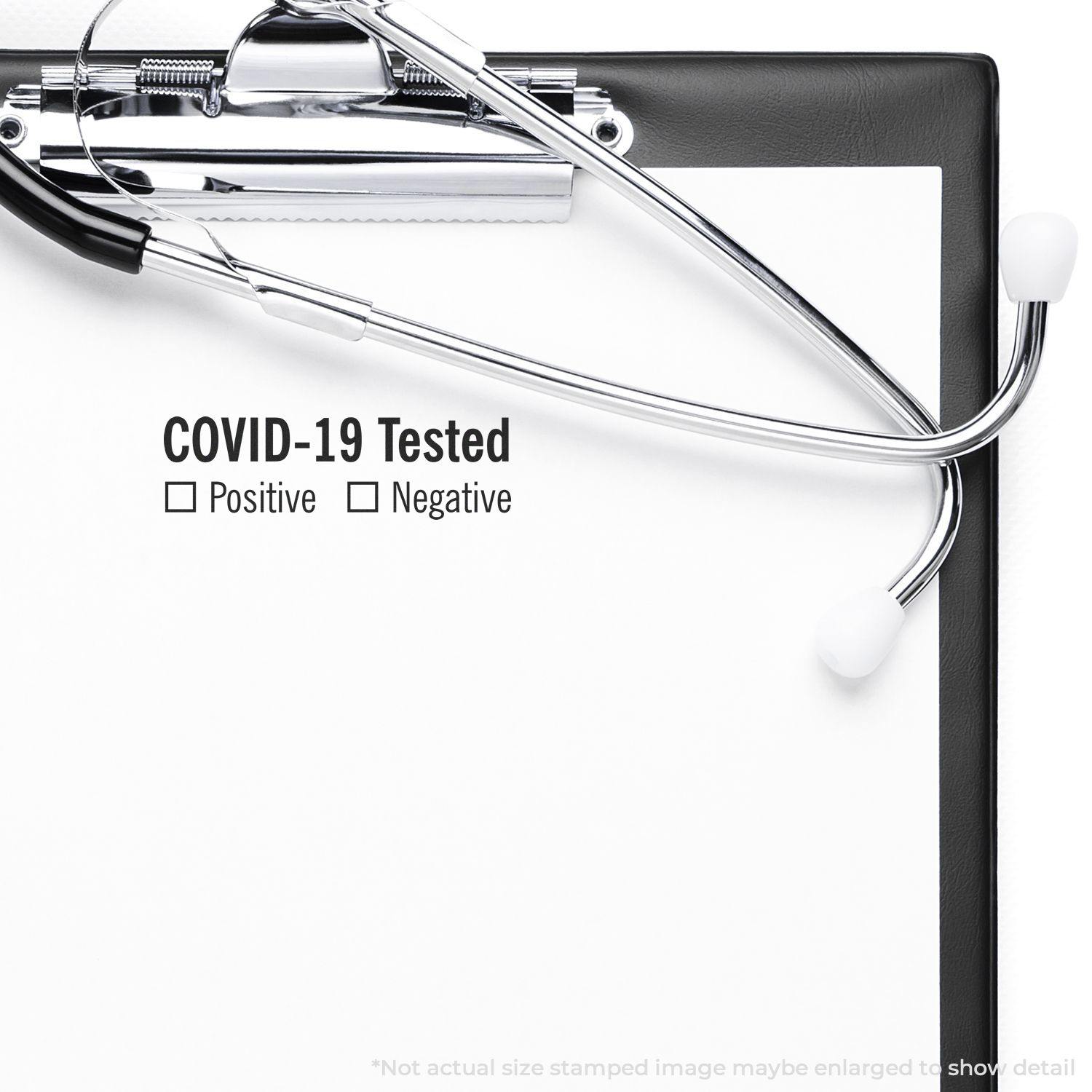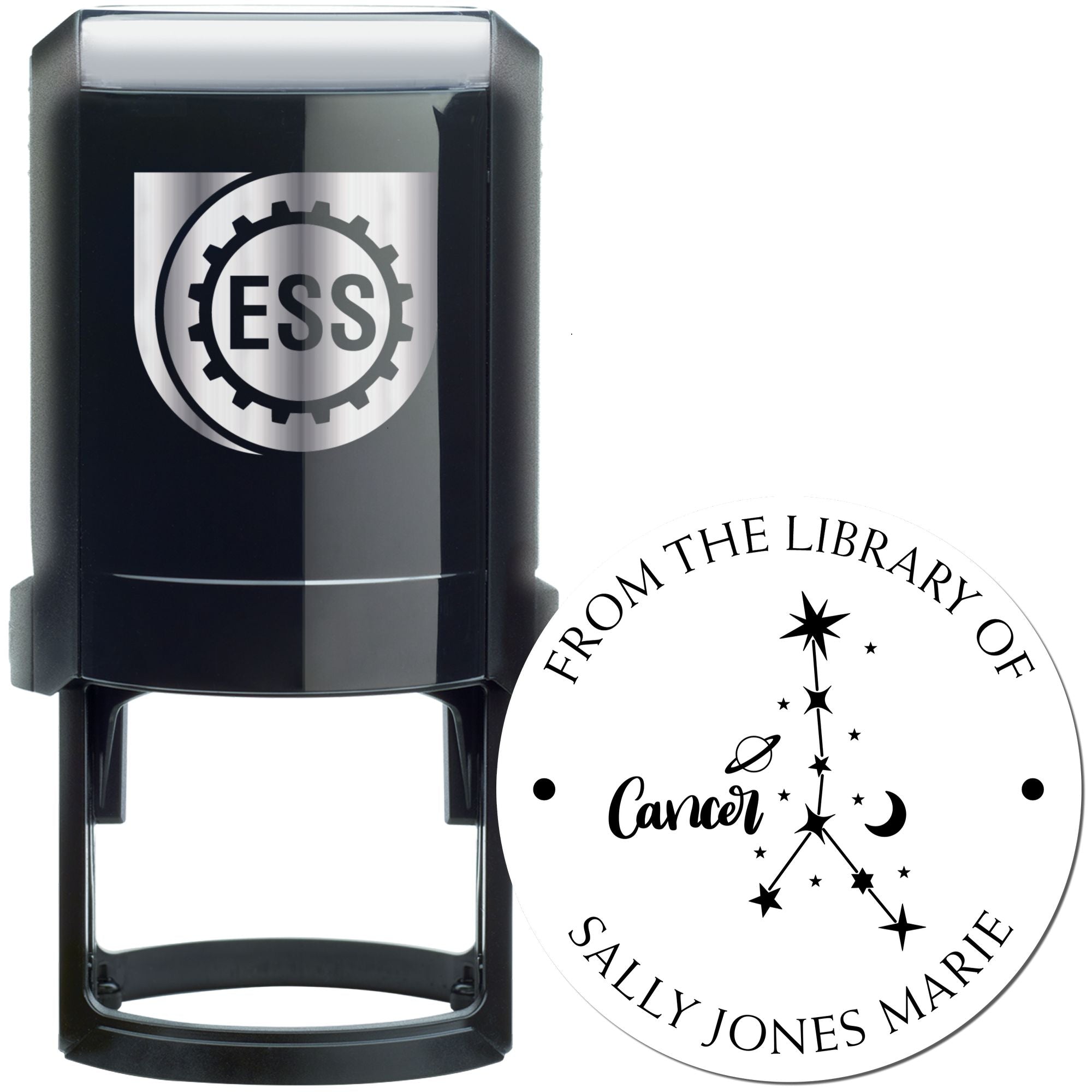Are you looking for an engaging and cost-effective way to ensure your brand stands out? Then a logo stamp for promotional items might just be what you need. Let’s be honest, building a small business is a lot of work, and any affordable marketing strategy can make a world of difference. Picture this: you add a custom-stamped business card to each order, or you brand your event giveaways with a bold, personalized stamp. Suddenly, your logo is front and center, making a memorable impression on everyone who stops by. That’s the magic of a well-crafted logo stamp.
Below, you’ll find everything you need to know about choosing, designing, and using a logo stamp to boost your promotional efforts. Whether you’re just getting started with branding or are ready to tackle new marketing strategies, these tips will help you make a strong mark.
Understand what a logo stamp is
A logo stamp is a tool that allows you to imprint your brand’s unique visual identity on a variety of surfaces. Think of it as a compact, easy-to-use branding device. Instead of printing your design over and over, you can simply press a stamp onto different materials and instantly get your logo in ink.
Basic definition
- A logo stamp includes a custom-engraved image, typically set in rubber or polymer
- It can be attached to a handle or built into a self-inking apparatus
- By adding ink and pressing it onto your chosen surface, you transfer your logo
When used correctly, it produces a clear, repeatable impression that reinforces your brand identity. The beauty of this approach is its versatility. You can stamp paper bags, envelopes, card stock, and even some fabrics. It keeps your marketing creative and budget-friendly.
Why it matters for small businesses
Stamps are particularly helpful for small companies that want to make every dollar count. Printing thousands of pre-branded materials can be expensive. A stamp, on the other hand, is relatively inexpensive to produce, and re-inking is also quite affordable.
It’s a perfect solution when you want flexibility. Maybe you need to brand just 30 tote bags for a local farmers’ market or create your own limited-run packaging for a special holiday promotion. Using a single stamp—especially one created by a reliable provider like Engineer Stamps (ESS)—can make it happen without requiring bulk orders.
Explore stamp types
When people mention “logo stamps,” you’ll quickly discover there’s an entire family of solutions available. From classic wood-mounted rubber stamps to slick, self-inking devices, each type has pros and cons. Understanding them helps you pick the style that best suits your needs, budget, and usage habits.
Rubber stamps (wood-mounted)
Rubber stamps are often placed onto a wooden handle or block. They tend to be affordable and long-lasting, which makes them a popular choice for businesses on a modest budget. You’ll need a separate ink pad, but that’s part of their charm. You can swap ink pad colors, giving you extra creative freedom.
- Pros:
- Typically less expensive than self-inking options
- Lets you change colors easily by swapping out ink pads
- Cons:
- Requires purchasing an extra ink pad or multiple pads for color options
- A bit more time-consuming to use because you must ink the stamp manually
Self-inking stamps
Self-inking stamps have a built-in ink reservoir. Each time you press down, the internal mechanism coats the stamp surface with fresh ink. That makes them fast to use and extremely convenient at busy events or trade shows.
- Pros:
- Higher efficiency since you don’t need a separate ink pad
- Cleaner operation because less ink touches your hands
- Cons:
- Less freedom with color changes, because you have to swap the internal ink pad
- The upfront cost is typically a bit higher than a basic rubber stamp
Pre-inked stamps
Pre-inked stamps contain ink in the actual die (the part that bears your logo). The ink seeps from within, so you can usually get thousands of impressions from the same stamp. It’s often a bit pricier up front, but can be worth it if you’re stamping frequently.
- Pros:
- Crisp, detailed impressions due to high-quality manufacturing
- Fewer re-inks needed over time
- Cons:
- Typically costs more initially
- Changing colors isn’t practical, which reduces flexibility
Ultimately, choosing the right type depends on your branding style, everyday needs, and marketing budget. If you’re attending multiple events and stamping items quickly, a self-inking or pre-inked stamp might be a great option. For creative or short-run projects where you want multiple color options, a classic wood-mounted rubber stamp often makes more sense.
Design your perfect logo
A stamp is only as effective as its design. If your logo is too detailed or has overly thin lines, it may look fuzzy when stamped. Similarly, large blocks of solid color (known as “heavy fills”) can appear blotchy. The goal is to refine your logo graphics for clarity and strong contrast, ensuring every imprint looks clean and sharp.
Tips for a crisp design
- Simplify your logo: If your branding elements include intricate flourishes or thin lettering, consider reworking them for the stamp version. Think bold, simple lines.
- Balance positive and negative space: The transition from black to white (or color to blank space) should be distinct enough to stand out on the surfaces you plan to stamp.
- Use high-resolution files: Start with a vector or high-resolution image. A crisp source file helps the stamp maker produce a more accurate rendering.
- Consider shape: Circular or square layouts look great on smaller packaging, while a rectangular design might be ideal for bag toppers or large envelopes.
Selecting the right size
There’s a sweet spot when it comes to stamp sizing. Too large, and your logo might not fit on smaller items such as business cards. Too small, and the details could blur together. Before you commit to a specific dimension:
- Think about your most common uses: Are you stamping postcards, boxes, or fabric? Measure those surfaces.
- Aim for a size that highlights the most important elements of your design.
- When in doubt, test a few printouts. Print your logo at various sizes on normal paper, then place it on your item to see which one feels right.
At Engineer Stamps (ESS), we often see customers experiment with designs and sizes before locking in the final shape. It’s a smart move—you don’t want to invest in a stamp that doesn’t fit the majority of promotional items you plan to personalize.
Brand your promotional items
A logo stamp for promotional items can transform ordinary objects into instant brand ambassadors. From paper goodies to fabric giveaways, there’s a huge range of materials waiting to be stamped.
Paper-based materials
If you’re running a business that ships products regularly or handles a lot of printed collateral, paper is your new best friend. Imagine your company logo stamped on:
- Packaging boxes: A bold imprint on each box or mailer you send out helps recipients remember your brand
- Thank-you cards: A hand-stamped logo or tagline on a postcard adds a personal, DIY touch
- Shopping bags: Perfect for brick-and-mortar stores, as customers carry your brand around the mall
Textiles and fabrics
Planning to stamp on cloth? It’s more challenging than plain paper, but it can definitely work. Smaller cotton or linen items, like tote bags or gift pouches, often hold the ink well.
- Choose fabric-friendly ink: Some specialty inks are designed to adhere better to cloth. If possible, test a tiny area first.
- Use a solid surface: Slide a piece of cardboard or plastic between the layers of fabric to prevent ink bleed.
- Apply firm, even pressure: Since fabric can shift, consider masking tape or clips to secure the material before stamping.
Packaging and more
Your creativity doesn’t have to stop at basic paper and fabric. Stamps can also come in handy for certain plastics, wood tags, coasters, or even small signage—provided you have the right ink. Just make sure the surface is relatively even and that your stamp is sized appropriately.
Ultimately, each new promotional item you decorate with your logo helps reinforce who you are as a business. It’s a consistent, visual reminder that you’ve thought about the details, and that authenticity can really shine through.
Maintain your stamp
Stamps may look straightforward, but they benefit from a little TLC to ensure you get crisp, consistent results every time. A neglected stamp can dry out, warp, or gather lint that messes up your next impression.
Cleaning tips
- Quick wipe-down after each use: A simple pass with a damp cloth removes any dust or debris
- Use mild soap if needed: For stubborn ink residue, gently rub the stamp surface with a tiny bit of mild soap, then rinse lightly and pat dry
- Avoid harsh chemicals: Strong solvents might break down the rubber or polymer material, leaving you with a smeared design
Storage best practices
- Keep it away from heat and sunlight: High heat can warp the rubber or fade the ink, so store your stamp in a cool, dry area
- Use a storage box: If your stamp has a handle, you can stand it upright in a container. For self-inking stamps, keep them closed so the ink doesn’t dry out
- Protect from dust: A small dust cover or plastic bag can help preserve the details on the stamp’s surface
If you’re using a self-inking or pre-inked stamp, follow the re-inking directions from the manufacturer. Generally, you’ll add a few drops of ink into a recessed well or pad. Doing this regularly prevents faint impressions and keeps your logo looking fresh.
Maximize your branding potential
Once you’ve got the hang of stamping your products, let your imagination roam. Stamps are an incredible resource for everything from local events to reward programs.
Event marketing
Trade shows, craft fairs, and community gatherings provide prime opportunities to show off your custom stamp. Hand out brochures or fliers stamped with your brand mark, or seal giveaway bags with a one-of-a-kind sticker you’ve pre-stamped in advance. Striking visuals encourage event visitors to remember who you are when they sift through their freebies later.
You could also incorporate stamping into an interactive booth activity. For instance, invite attendees to stamp their name tags or a small note to tuck into their goodie bag for a truly personal touch.
Everyday outreach
Don’t overlook the day-to-day interactions that can reinforce brand loyalty. Slip a stamped coupon code inside packages or stamp a quick “Thank you” message on the bottom of receipts. Little gestures may seem minor, but they go a long way in making customers feel like they’re dealing with a thoughtful and genuine business.
A well-done stamp consistently sparkles at these everyday touchpoints:
- Loyalty cards: Stamp them each time a customer visits
- Gift wrap: Perfect for custom wrapping paper or gift tags
- Handwritten letters: Enclosing a small notecard can create a lovely personal feel
Frequently asked questions
What surfaces can I stamp with my logo?
You can stamp on most porous surfaces, like paper, cardboard, fabric, and some natural materials such as wood. For slick surfaces like plastics or coated paper, you’ll need a specialty ink that can adhere without smudging. Always do a small test run to check the ink’s performance.
How long does the ink last?
It depends on the type of ink and how often you use the stamp. Self-inking stamps generally produce thousands of impressions before needing a refill. Pre-inked stamps often last even longer. If your stamp begins to fade, it’s time to add a few ink drops or replace the ink pad.
Can I use multiple ink colors with one stamp?
Yes, but it’s most convenient with a traditional wood-mounted rubber stamp, because you can switch between ink pads easily. Self-inking or pre-inked stamps require changing their internal ink pads, which can be more cumbersome.
Is it possible to stamp fabric items like T-shirts or tote bags?
Absolutely. However, you should pick an ink that’s made for fabrics and test it on a small patch before you commit to larger items. Make sure to place a protective layer, like cardboard, underneath the fabric to avoid ink bleeding through.
How do I add extra details to my stamp design?
Work closely with a stamp manufacturer that’s comfortable handling custom artwork. Send them a clean, high-resolution file of your logo, possibly in vector format. If there are extra words or lines, be sure they’re legible at your chosen stamp size.
Where can I buy a custom logo stamp?
Several providers exist online, but if you want consistent quality and expert guidance, check out Engineer Stamps (ESS). They’re experienced in producing durable stamps for small businesses and have a reputation for crisp results on a variety of materials.
Putting your logo front and center helps customers see exactly what your brand is all about. Whether you go with a simple wooden rubber stamp or a convenient self-inker, a logo stamp can highlight your identity and give your promotional items a personal, handcrafted feel. Try it on your next shipment or giveaway, and watch how a little ink can create a powerful connection with your audience.

